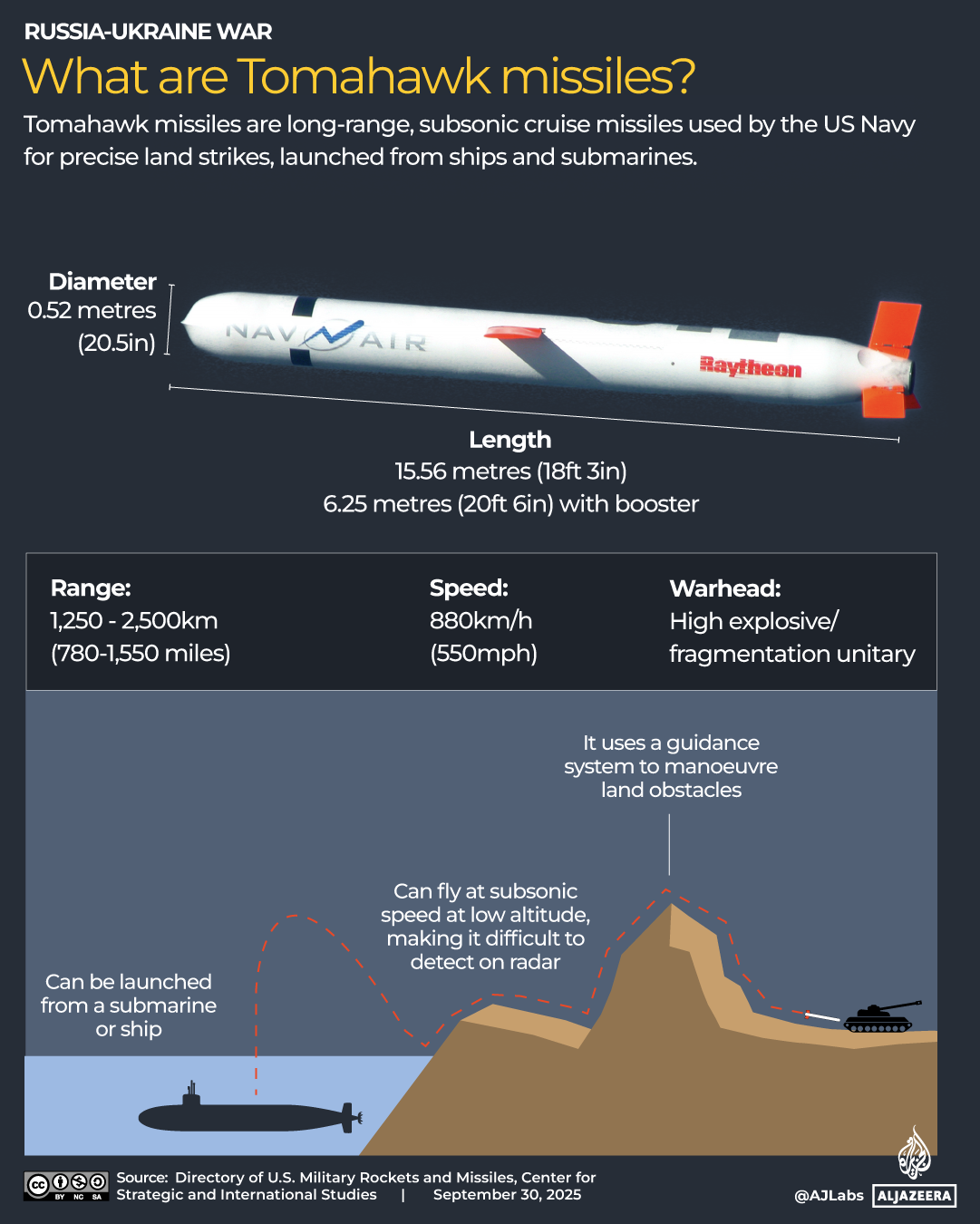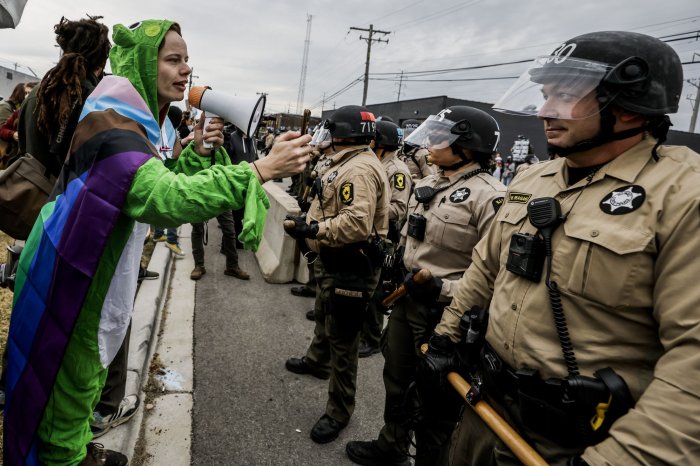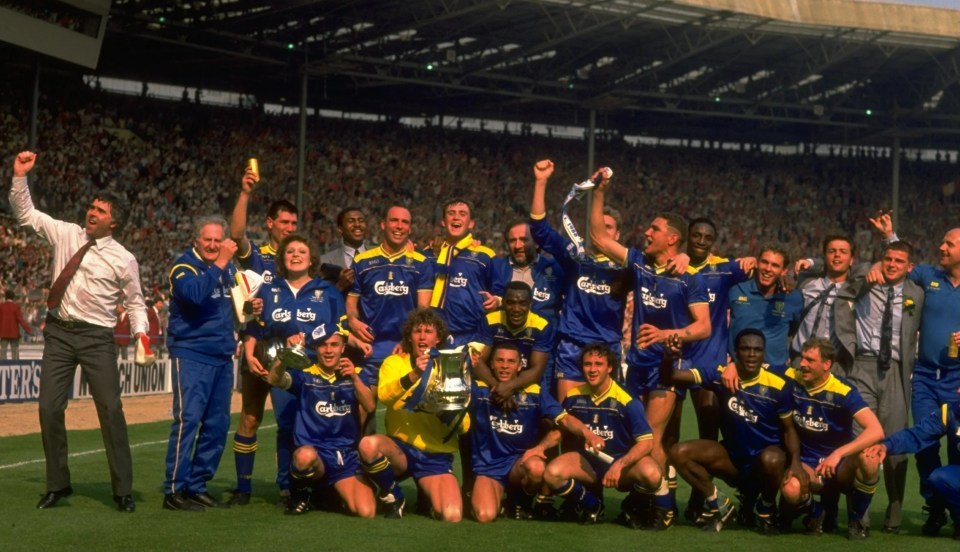Russia infiltrates Pokrovsk with new tactics that test Ukraine’s drones | Russia-Ukraine war News
Russian forces have spread rapidly through Pokrovsk, the city in Ukraine’s east where the warring sides have concentrated their manpower and tactical ingenuity during the past week, in what may be a final culmination of a 21-month battle.
Geolocated footage placed Russian troops in central, northern and northeastern Pokrovsk, said the Institute for the Study of War (ISW), a Washington-based think tank.
Recommended Stories
list of 4 itemsend of list
Russia sees control of Pokrovsk and neighbouring Myrnohrad as essential to capturing the remaining unoccupied parts of the Donetsk region.
It set its sights on the city almost two years ago, after capturing Avdiivka, 39km (24 miles) to the east.
Ukraine sees the defence of the city as a means of eroding Russian manpower and buying time for the “fortress belt” of Kostiantynivka, Druzhkivka, Kramatorsk, and Sloviansk, the largest remaining and most heavily defended cities of Donetsk.
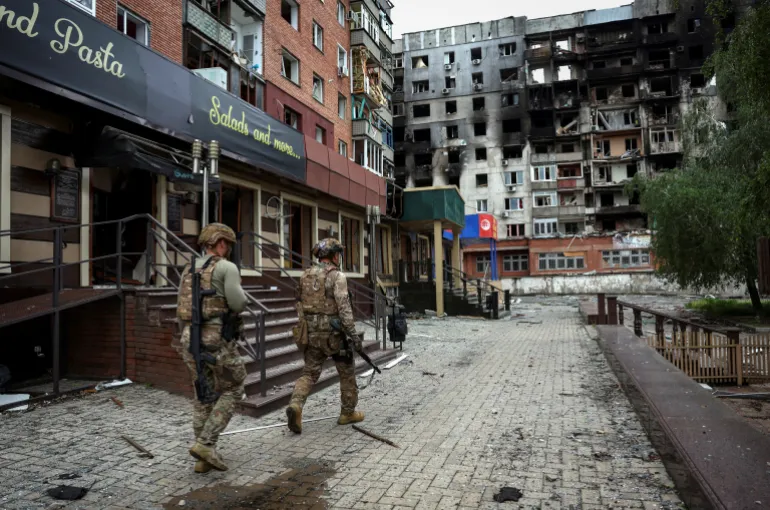
Russian President Vladimir Putin has demanded their surrender as part of a land swap and ceasefire he discussed with United States President Donald Trump last August. Ukraine has refused.
A recent US intelligence assessment said Putin was more determined than ever to prevail on the battlefield in Ukraine, NBC reported.
Russia seems to have outmanoeuvred Ukraine by striking its drone operators before they had time to deploy, and cutting off resupply routes at critical points.
“Operational and tactical aircraft, backed by drones, significantly disrupted the Ukrainian army’s logistics in Pokrovsk,” said Russia’s Ministry of Defence on Friday. It said it had destroyed two out of three bridges across the Vovcha River, used by Ukrainian logistics to reach the city.
“Unfortunately, everything is sad in the Pokrovsk direction,” wrote a Ukrainian drone unit calling itself Peaky Blinders on the messaging app Telegram. “The intensity of movements is so great that drone operators simply do not have time to lift the [drone] overboard.”
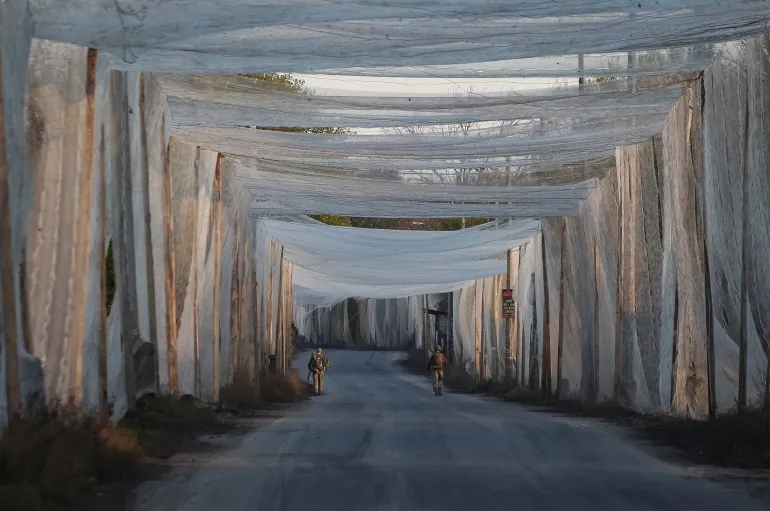
On October 29, Ukrainian commanders reported only 200 Russian soldiers in Pokrovsk.
Peaky Blinders said Russia was sending as many as 300 into the city a day, “in groups of three people with the expectation that two will be destroyed”.
By neutralising Ukraine’s drone operators and using fibre optic drones immune to jamming, Russia reportedly acquired a numerical drone advantage in the city’s vicinity.
Ukrainian commanders said Russia also took advantage of wet weather, which disadvantaged the use of light, first-person-view drones.
Ukrainian military observer Konstantyn Mashovets said the Russian command had developed these new infiltration tactics to exploit Ukrainian vulnerabilities – a lack of manpower and gaps among their units.
“The Russian command ‘tried different options’ for some time,” said Mashovets.
“Russian technical innovations, such as first-person-view drones with increased ranges, thermobaric warheads, and ‘sleeper’ or ‘waiter’ drones along [ground lines of communication], allowed Russian forces to … restrict Ukrainian troop movements, evacuations, and logistics,” the ISW said.
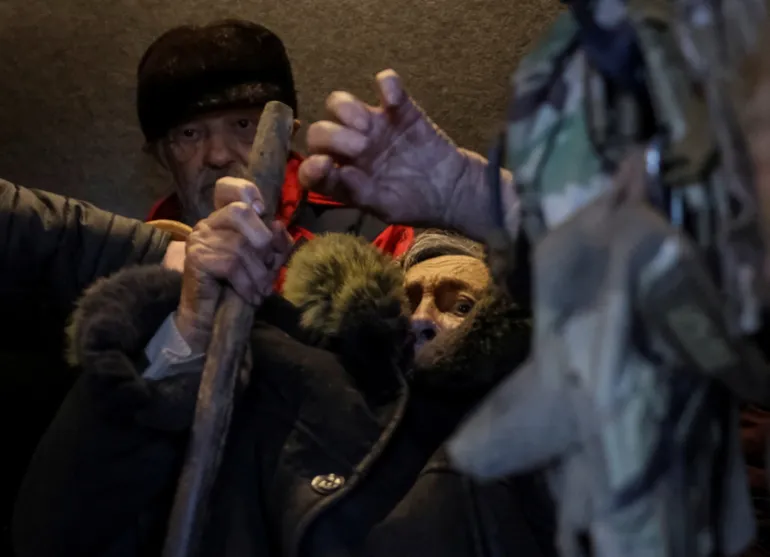
As recently as Saturday, Ukrainian commander-in-chief Oleksandr Syrskii framed the battle as one of counterattack rather than defence.
“A comprehensive operation to destroy and push out enemy forces from Pokrovsk is ongoing,” he wrote on his Telegram channel. “There is no encirclement or blockade of the cities.”
Yet there was clearly alarm. Ukraine sent its intelligence chief, Kyrylo Budanov, to the Pokrovsk area with military intelligence (GUR) forces to keep supply lines open.
Two Ukrainian military sources told the Reuters news agency that the GUR had successfully landed at least 10 operators in a Blackhawk helicopter near Pokrovsk on Friday.
On Saturday, Russia’s Defence Ministry claimed “an operation to deploy a GUR special operations group by a helicopter in 1km (0.6 miles) northwest of [Pokrovsk] was thwarted. All 11 militants who disembarked from the helicopter have been neutralised.”
It was unclear whether the two reports referred to the same group.
Deep air strikes
Russia kept up a separate campaign to destroy Ukraine’s electricity and gas infrastructure, launching 1,448 drones and 74 missiles into the rear of the country from October 30 to November 5.
Ukraine said it intercepted 86 percent of the drones but just less than half the missiles, such that 208 drones and 41 missiles found their targets.
With US help, Ukraine has responded with strikes on Russian refineries and oil export terminals.
Ukraine appeared on Sunday to strike both a Russian oil terminal and, for the first time, two foreign civilian tankers taking on oil there.
Video appeared to show the tankers at Tuapse terminal on the Black Sea on fire, and the governor of Russia’s Krasnodar region confirmed the hit.
“As a result of the drone attack on the port of Tuapse on the night of November 2, two foreign civilian ships were damaged,” he said.
Russia’s Defence Ministry said it intercepted another 238 Ukrainian long-range drones overnight.
On Tuesday, Ukraine’s Ministry of Defence said it struck the Lukoil refinery in Kstovo in Russia’s Nizhny Novgorod region, east of Moscow.
Russian regional authorities also said Ukraine attempted to damage a petrochemical plant in Bashkortostan, 1,500km (930 miles) east of Ukraine.
Russia’s Defence Ministry said it shot down 204 Ukrainian long-range drones overnight.
According to the head of Ukraine’s State Security Service, SBU, Kyiv’s forces have struck 160 oil and energy facilities in Russia this year.
Vasyl Maliuk said a special SBU operation had destroyed a hypersonic ballistic Oreshnik missile on Russian soil.
“One of the three Oreshniks was successfully destroyed on their (Russian) territory at Kapustin Yar,” Maliuk briefed President Volodymyr Zelenskyy on Friday.
Russia unveiled the Oreshnik with a strike on the city of Dnipro a year ago. It says it will deploy the missile in Belarus by December.
Ukraine has been lobbying the US government for Tomahawk cruise missiles, which have a range of 2,500km (1,550 miles). So far, Trump has refused, on the basis that “we need them too.”
The Pentagon cleared Ukraine to receive Tomahawk missiles, after determining this would not deprive the US military of the stockpile it needs, CNN reported last week, quoting unnamed US and European officials.
The political decision now rests with Trump on whether to send those missiles or not. The report did not specify how many Ukraine could have.
